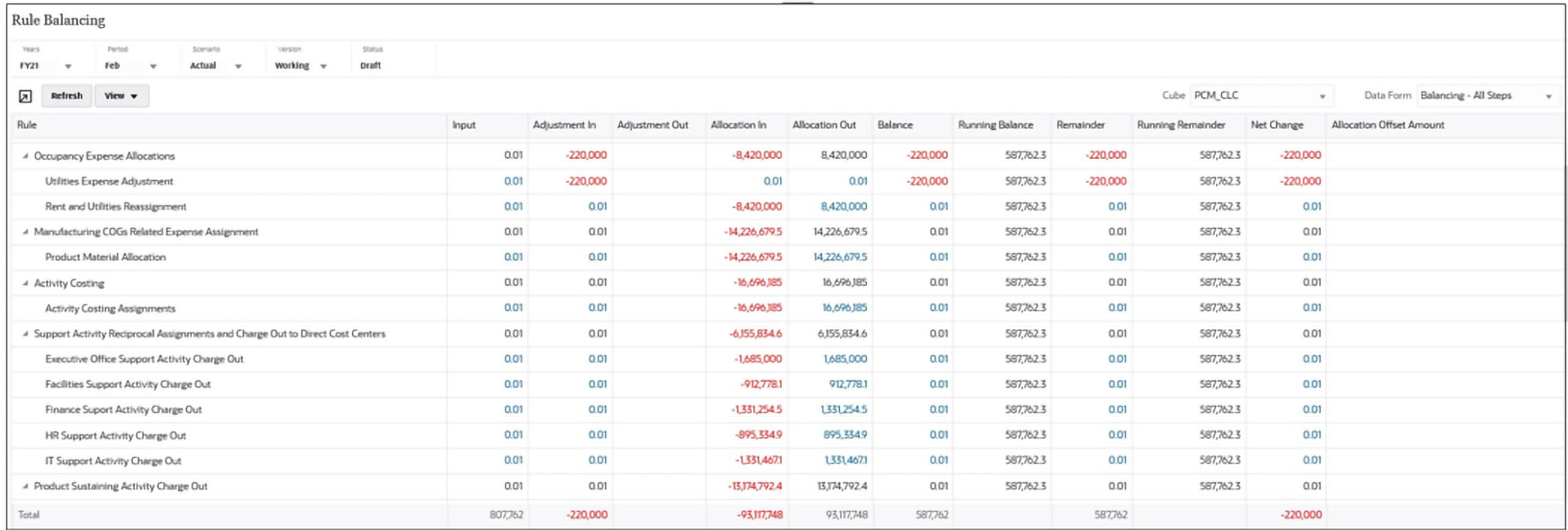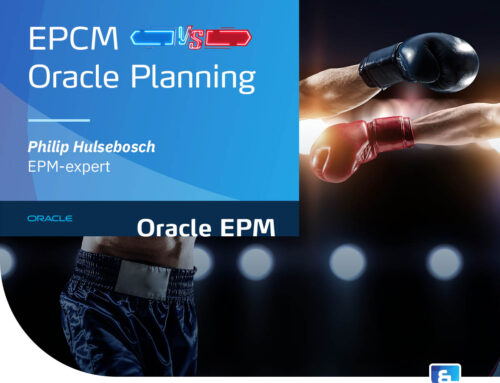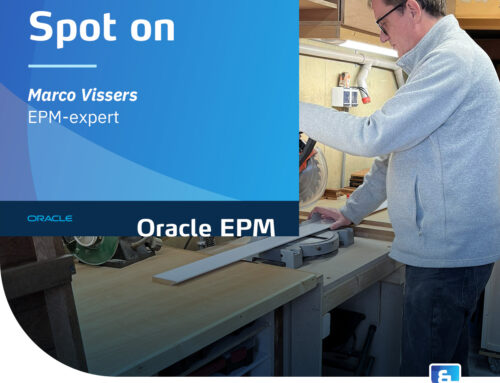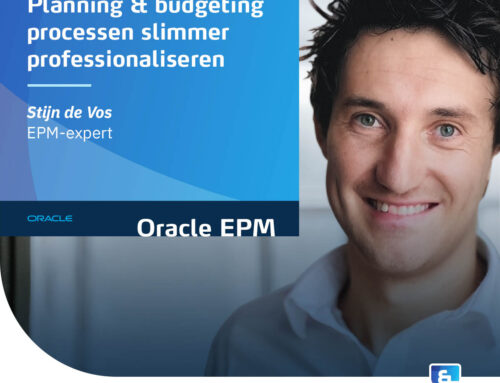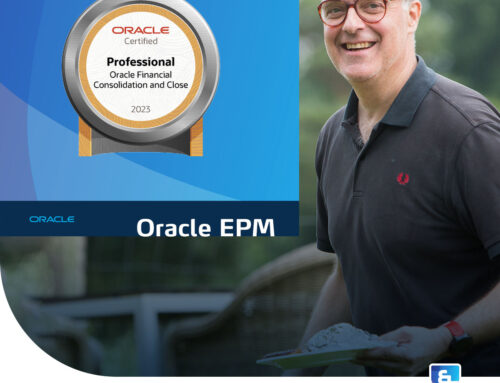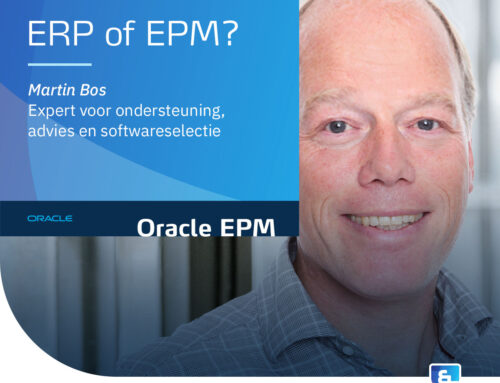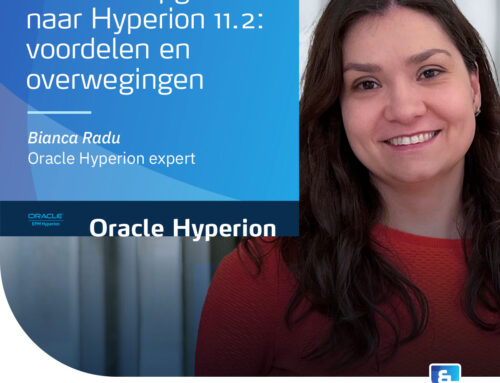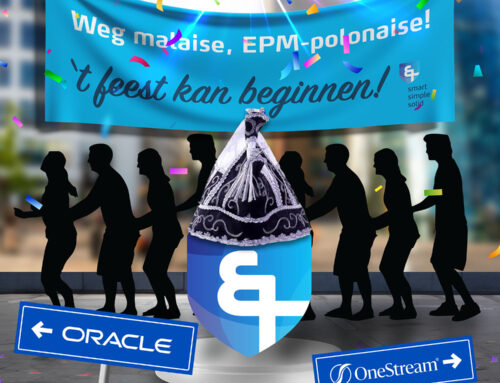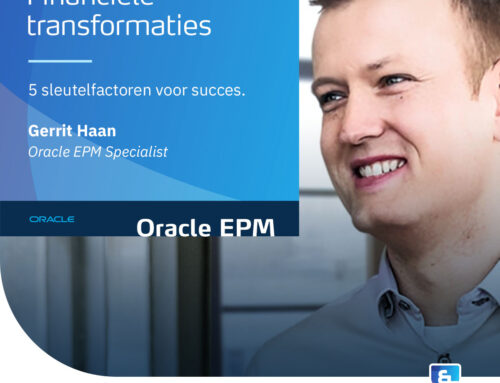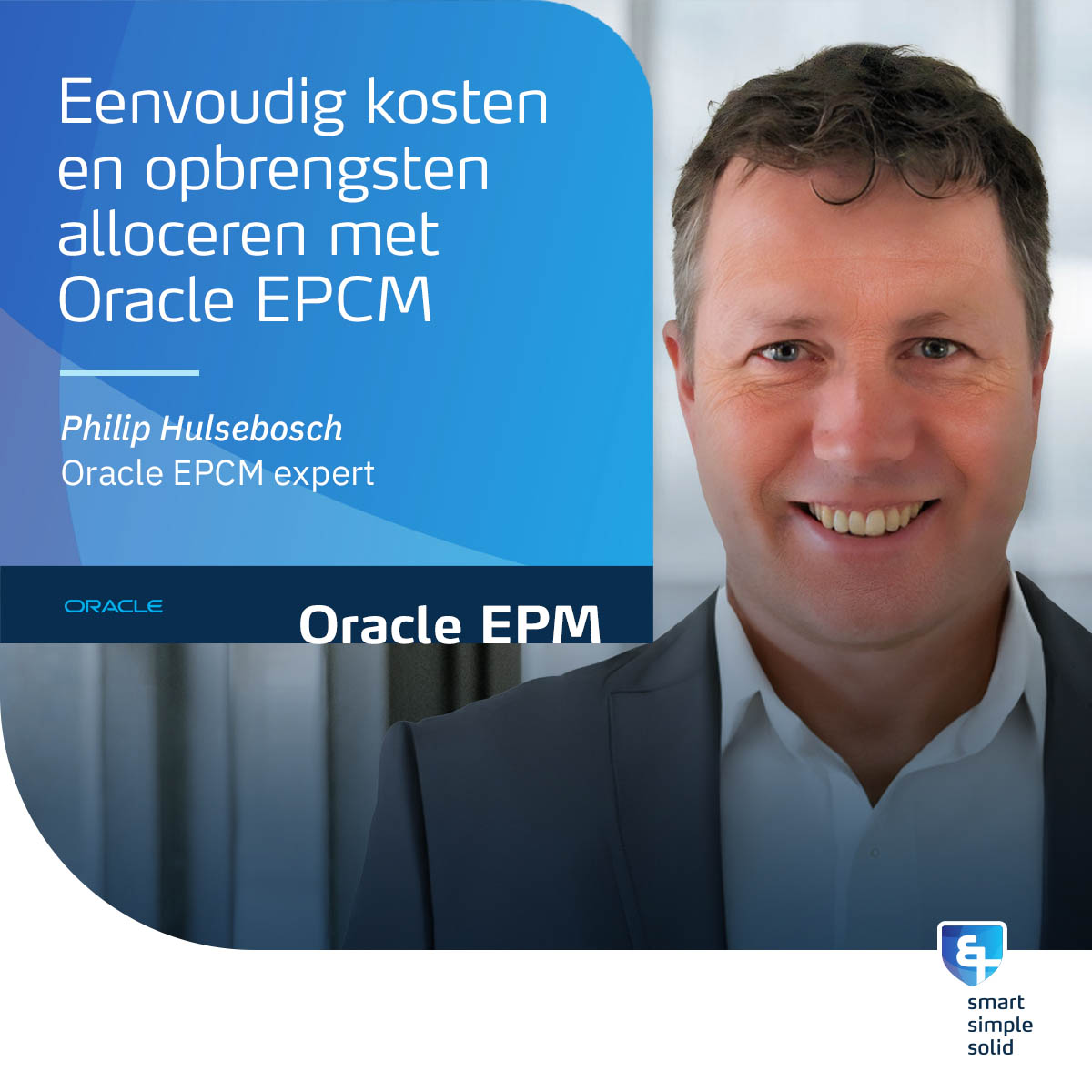
Simple and insightful allocation with Oracle Enterprise Profitability & Cost Management (EPCM)9 Minutes estimated reading time
Oracle Enterprise Profitability and Cost Management is a very interesting part of the Oracle EPM Cloud suite. This is because Oracle EPCM is the tool for allocating costs and revenues. How does EPCM work? And what makes this tool so powerful? I will show you that in this article based on some functionalities.
But let's start with the basics: cost allocation and its usefulness.
What is cost allocation?
Cost allocation refers to the distribution of common (indirect) costs among different cost carriers, such as products, services, departments or customers. Common costs arise from cooperation within a company.
For example, an administrative department performs work for multiple organizational units and has its own costs, such as salaries, housing and IT. You cannot allocate these costs directly to a specific product or service. Therefore, you have to allocate them in a different way.
The most common methods are based on volume (such as storage-based allocation) and activities (activity-based costing). Realize, however, that no allocation method fully satisfies all possible principles of fair and efficient allocation. So you will have to choose the approach that is most appropriate.
Why allocate costs and revenues?
The main purpose of allocation is to enable comprehensive cost analysis. This allows you as an organization to make informed decisions and take control measures for specific costs. You examine which costs are common and what you use them for.
Cost allocation also makes managers and employees more cost-conscious. By passing costs on to others, you make these costs visible and increase attention to cost control.
How does Oracle Enterprise Profitability and Cost Management work?
It is abundantly clear that effective allocation requires more than just Excel. With Oracle EPCM's extensive out-of-the-box functionality, it is possible to develop custom applications that seamlessly meet the allocation needs of companies without programming.
A key benefit? The "visual traceability" of allocated costs. As you can see in the image below, you can track costs step by step, from source to cost carrier.
The calculation logic used is also very transparent, because the documentation of the calculation rules comes directly from the application (self-documenting) and is therefore always up-to-date. An important difference from creating documentation outside the application. You always have to update those with every change in the application.
Draft Oracle EPCM
An important concept within the EPCM application is that an allocation rule can never change the input. A calculation rule picks up the cost and allocates it with a key. The original cost is then subtracted to avoid double counting. The sum is then the cost allocated by this calculation rule.
An advantage of this is that you can always recalculate the input dataset and apply different calculation logic without changing the base.
The EPCM software also makes it easy to develop and maintain applications. The calculation logic is separate from the allocation keys. This allows you to apply the same calculation logic you use for cost allocation in the budget to the actual data (actuals). You can do this using variables, resulting in minimal maintenance.
Part of the Oracle EPM Cloud suite
Oracle Enterprise Profitability and Cost Management is part of the Oracle EPM Cloud suite. As a result, you immediately benefit from already being familiar with many functionalities, such as the Smart View Excel Add-In and reporting and dashboard capabilities. Moreover, data integration with other EPM applications or external sources is similar. EPCM falls within the same enterprise license, making implementation and management easier.
Want to know more about Oracle Enterprise Profitability and Cost Management?
Want a demo or have questions following this article? Then send an email to philip.hulsebosch@bart-partners.com or to info@bart-partners.com
About the author
Philip Hulsebosch is an EPM expert and specialist in PCM with 20+ years of experience. With his technical background and functional experience, Philip is the connection between finance and IT.


